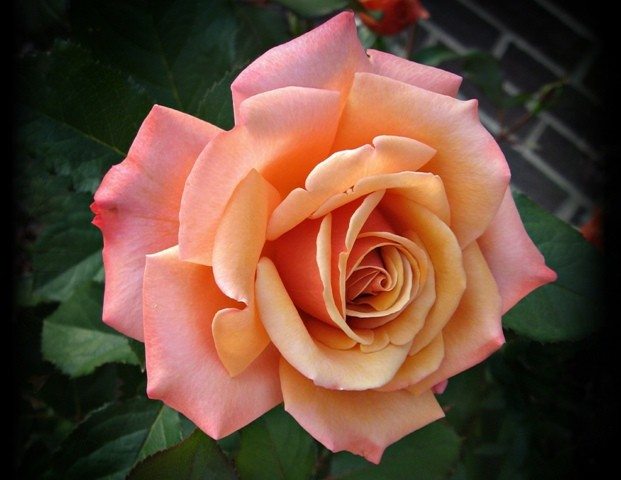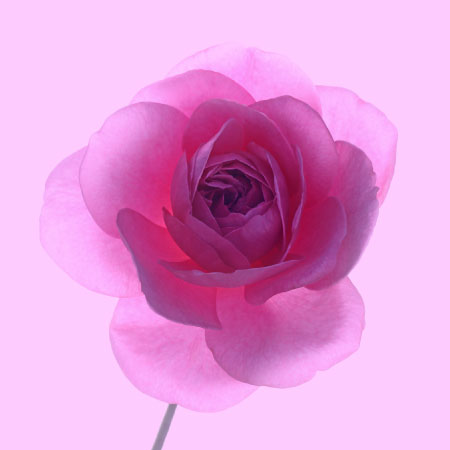Learn About Floribunda And Polyantha Roses


In this article we will take a look at two classifications of roses, the Floribunda rose and the Polyantha rose.
What are Floribunda Roses?
When looking up the word Floribunda in the dictionary you will find something such as this: New Latin, feminine of floribundus-- flowering freely. Just as the name suggests, the floribunda rose is a beautiful bloom machine. She loves to bloom with clusters of beautiful blooms with several of her blooms in flower at one time. These wonderful rose bushes can put forth blooms that are much like those of the hybrid tea or can have flat or cup-shaped blooms. The floribunda rose bushes make marvelous landscape plantings due to their typically lower and bushy form-- and she loves to cover herself with clusters or sprays of blooms. Floribunda rose bushes are typically easier to care for as well as being very hardy. Floribundas are very popular largely because they seem to be continually in bloom during the season versus the hybrid tea, which blooms in cycles that spread out the periods of being in bloom by about six weeks. The floribunda rose bushes came about by crossing polyantha roses with hybrid tea rose bushes. Some of my favorite floribunda rose bushes are:
- Betty Boop rose
- Tuscan Sun rose
- Honey Bouquet rose
- Day Breaker rose
- Hot Cocoa rose
What are Polyantha Roses?
The polyantha rose bushes are usually smaller rose bushes than the floribunda rose bushes but are sturdy plants overall. The polyantha roses bloom in large clusters of small 1-inch (2.5 cm.) diameter blooms. The polyantha rose bushes are one of the parents of the floribunda rose bushes. The polyantha rose bush's creation dates back to 1875-- France (bred in 1873-- France), the first bush being named Paquerette, which has beautiful clusters of white blooms. The polyantha rose bushes were born from the crossing of wild roses. One series of polyantha rose bushes features the names of the Seven Dwarfs. They are:
- Grumpy Rose (medium pink cluster blooms)
- Bashful Rose (pink blend cluster blooms)
- Doc Rose (medium pink cluster blooms)
- Sneezy Rose (deep pink to light red cluster blooms)
- Sleepy Rose (medium pink cluster blooms)
- Dopey Rose (medium red cluster blooms)
- Happy Rose (a truly cheery medium red cluster blooms)
The Seven Dwarfs polyantha roses were introduced in 1954, 1955, and 1956. Some of my favorite polyantha rose bushes are:
- Margo's Baby Rose
- The Fairy Rose
- China Doll Rose
- Cecile Brunner Rose
Some of these are available as polyantha climbing rose bushes as well.
Gardening tips, videos, info and more delivered right to your inbox!
Sign up for the Gardening Know How newsletter today and receive a free copy of our e-book "How to Grow Delicious Tomatoes".

Stan V. Griep contributed to Gardening Know How for many years, and has been a Colorado Native Rosarian for over four decades. He is an American Rose Society Certified Consulting Master Rosarian in the Rocky Mountain District, and a member of the Denver Rose Society, the Loveland Rose Society, and the American Rose Society. He is Gardening Know How's in-house expert on all things roses.
-
 Try The Trend – Turn Any Bed Into A Keyhole Garden With This Clever In-Ground Composter
Try The Trend – Turn Any Bed Into A Keyhole Garden With This Clever In-Ground ComposterKeyhole gardening is an efficient and sustainable practice that saves space. Get started on this DIY project quickly and easily with an in-ground composter.
By Bonnie L. Grant
-
 4 Superfast Composting Methods: Turn Waste Into Garden Gold In 30 Days Or Less
4 Superfast Composting Methods: Turn Waste Into Garden Gold In 30 Days Or LessTry the fastest composting methods to turbocharge your pile and transform kitchen scraps and garden waste into finished compost in just a few weeks.
By Mary Ellen Ellis